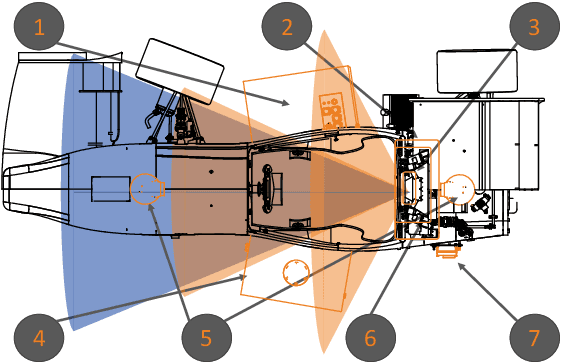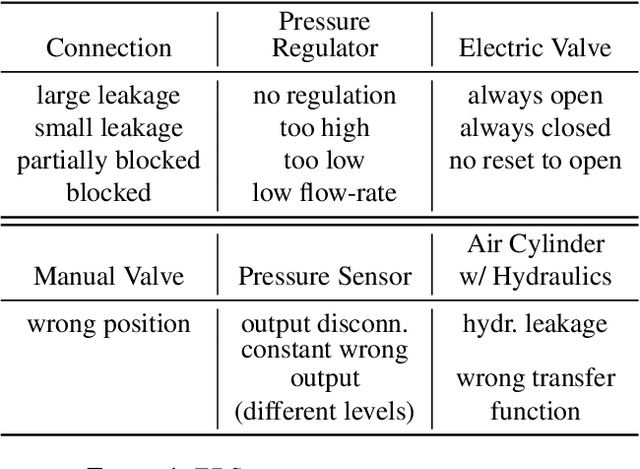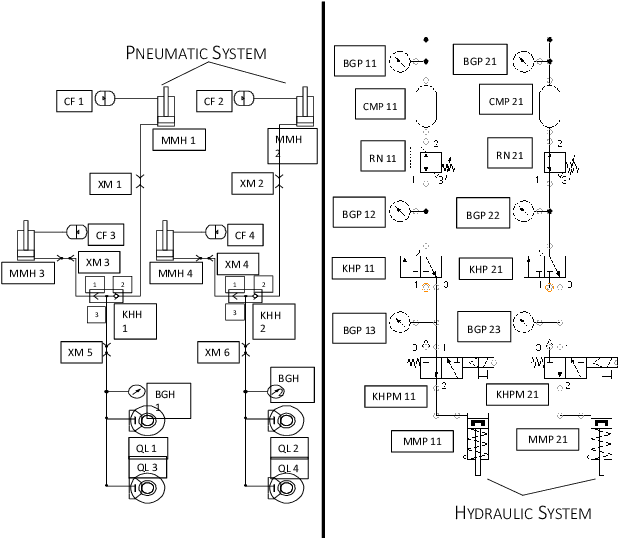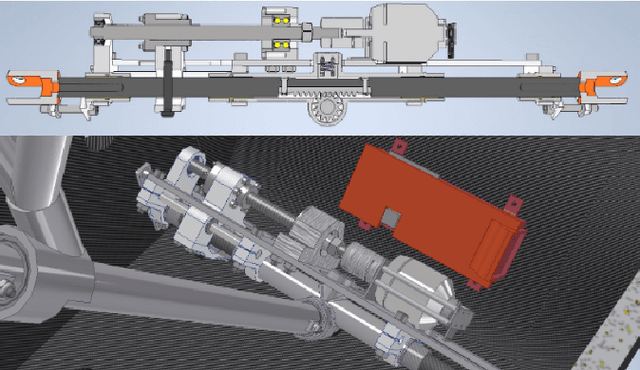Simon Härtl
Attention Please: What Transformer Models Really Learn for Process Prediction
Aug 12, 2024Abstract:Predictive process monitoring aims to support the execution of a process during runtime with various predictions about the further evolution of a process instance. In the last years a plethora of deep learning architectures have been established as state-of-the-art for different prediction targets, among others the transformer architecture. The transformer architecture is equipped with a powerful attention mechanism, assigning attention scores to each input part that allows to prioritize most relevant information leading to more accurate and contextual output. However, deep learning models largely represent a black box, i.e., their reasoning or decision-making process cannot be understood in detail. This paper examines whether the attention scores of a transformer based next-activity prediction model can serve as an explanation for its decision-making. We find that attention scores in next-activity prediction models can serve as explainers and exploit this fact in two proposed graph-based explanation approaches. The gained insights could inspire future work on the improvement of predictive business process models as well as enabling a neural network based mining of process models from event logs.
Winning Through Simplicity: Autonomous Car Design for Formula Student
Jun 19, 2024



Abstract:This paper presents the design of an autonomous race car that is self-designed, self-developed, and self-built by the Elefant Racing team at the University of Bayreuth. The system is created to compete in the Formula Student Driverless competition. Its primary focus is on the Acceleration track, a straight 75-meter-long course, and the Skidpad track, which comprises two circles forming an eight. Additionally, it is experimentally capable of competing in the Autocross and Trackdrive events, which feature tracks with previously unknown straights and curves. The paper details the hardware, software and sensor setup employed during the 2020/2021 season. Despite being developed by a small team with limited computer science expertise, the design won the Formula Student East Engineering Design award. Emphasizing simplicity and efficiency, the team employed streamlined techniques to achieve their success.
 Add to Chrome
Add to Chrome Add to Firefox
Add to Firefox Add to Edge
Add to Edge